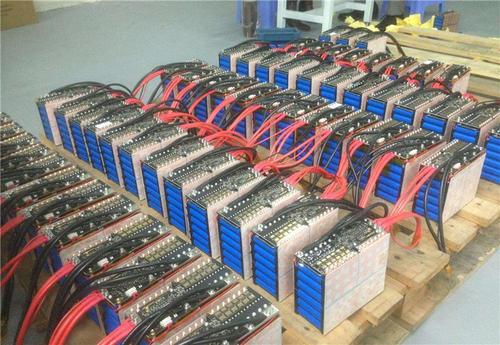Time:2020-12-30 Views:222
With the popularization of mobile phones, notebook computers, digital cameras and other electrical appliances, the production and consumption of lithium-ion batteries have risen rapidly. The huge production and consumption of batteries has led to an astonishing number of waste batteries. However, due to technical and economic reasons, the recovery rate of lithium-ion batteries is very low, and many used lithium-ion batteries are discarded, which poses a great threat and pollution to the environment and is also a waste of resources.

At that time, the key technology of lithium-ion batteries was wasted: lithium-ion battery pole pieces can reduce the appearance of the foil, which is an invasive use of stock progress, and the progress of anode materials and the adhesion of the collected liquid (aluminum foil) to reduce the phenomenon of battery powder falling The process of cycling makes the battery cycle life longer, but it also reduces the utilization rate of the active material in the plasma to guess the binder content.
The lithium-ion battery recycling and processing equipment uses multiple knives to smash materials, uses airflow separation equipment for separation processing, and is equipped with pulse dust removal equipment to collect dust that occurs during the separation process and subsequent processes. Form a green, high-quality closed-loop system of battery life cycle.
Lithium-ion battery recycling technology equipment: the material of the conveyor is sent to the first level of coarse crushing, and the coarsely crushed material is sent to the secondary crusher through the conveyor for secondary crushing, and the material of the second destroying machine is put into the conveyor It is set at the same time as the magnetic separation equipment, so iron can be solved. After the material conveyor and magnetic separator take out the iron, the material is divided into three crushers for fine crushing. This material is made into powder. The material in powder condition enters the cyclone separator from the negative pressure air filter system, and is separated by the fan air separator and the air separator. Therefore, the materials of different densities are layered, the metal is separated, and all non-metals are pulsed by the negative pressure system. The dust collector aggregates. The filtered exhaust gas is continuously delivered to the exhaust gas treatment equipment through the negative pressure system for air purification, so that it meets the emission standards before being discharged at high altitude.
Waste lithium ion battery recycling and treatment equipment mainly adopts physical recovery methods, supplemented by three garbage treatment methods, with the characteristics of green, low-carbon, energy-saving, environmental protection, and no secondary pollution, and overall economic and environmental benefits, which not only completes the use value Components, and harmless treatment of harmful ingredients. The entire recycling process has been completely completed, with high industrial automation, high recycling efficiency and strong processing capacity. The processing capacity is 500 kg per hour and 5000 tons per year. The recycling rate of valuable components of used lithium-ion batteries is over 90%.